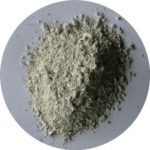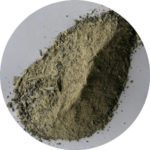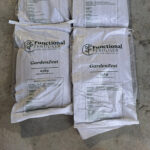By Peter Burton
Were the cow the problem the answer would be simple. Eliminate cows and the problem goes away.
Without cows pastures would rapidly move from high fertility grasses and clovers to low fertility browntop, followed by gorse, scrub, and eventually native bush, and there’s almost unlimited hectares of gorse covered land that shows that effect.
Some might argue that’s fine however the issues encountered in the next 30 years would far outweigh the long-term benefits. In fact, few of us would survive the necessary selection process and the society that resulted would be unimaginably primitive.
Cows are essential to our survival and well-being so we need to look elsewhere for the solutions.
Could cow numbers be the issue? There’s room for many more so perhaps the intensity of cows is the key. Spreading them out would help solve some of the soil damage in wet weather, so a useful consideration.
While pondering on that give thought to the effect the diet might have on what is being excreted. At present the farming community lives and dies based on models, and current models show that all cow urine is the same.
Simple logic suggests that changing the diet will markedly change the composition of both dung and urine, and measures already available show that to be the case.
And this in our view is where the problem, and solution exists. Fast growing pasture is high in nitrates because nitrogen drives vegetative growth.
It’s what occurs when growth starts to slow that is really interesting. At this point nitrates start becoming full proteins, and protein production is the reason for the farming of grazing ruminants. The urine of lactating animals with a higher percentage of full protein in their diet contains significantly less nitrogen.
Longer pasture also starts to produce fibre. A stalk develops that in time supports a seed head, and as grazing ruminants require some long fibre in their diet for optimum digestion, grazing longer pasture makes perfect sense.
The argument against is that more mature pasture is less digestible and palatable and animals therefore consume and produce less. That is certainly the case when pastures are supplied with large amounts of water soluble, phosphorus and potassium, supplemented with frequent dressings of nitrogen.
However, when calcium, supported with magnesium, is used as the driver the game changes. Phosphorus and potassium remain essential requirements, but not the drivers. Because clover contains 3 -4 time the amount of calcium that is in grasses, a calcium rich soil fertility programme encourages clover growth.
Clover is more digestible than grass, the reason for lambs fattening more rapidly on high clover content pasture. Clover leaf also has higher levels of soluble sugars, or energy, a primary requirement for all animals in spring.
Clover even when mature remains both palatable and digestible and is the primary fixer of atmospheric nitrogen. Nitrogen in this form is not subject to the same leaching loss as that applied as urea.
An often-heard objection to a change in soil fertility systems is that there would be a loss of production. This is not the case and there is over thirteen years of continuous measures that shows there no drop of in production, only a steady increase.
Animals fully fed on these pastures in spring not only perform at an enhanced level with far fewer ill-health issues, they also lose much less weight due to the higher energy intake. Overall a far more effective and efficient system resulting in up to 70% lower Nitrate N losses to groundwater.
With the government now determined to reduce Nitrate N losses it is up to the farming industry to wean themselves off highly addictive soluble phosphorus and urea and once again enjoy the support and sense of belonging that has been lost over recent times.
For more information call Peter Burton 0800 843 809




